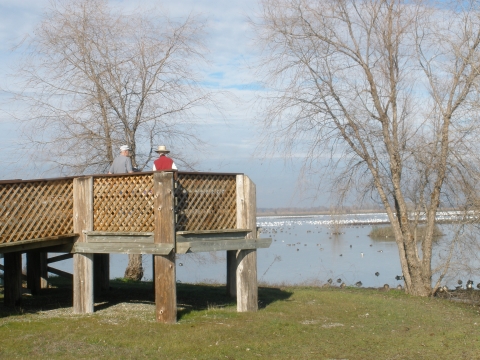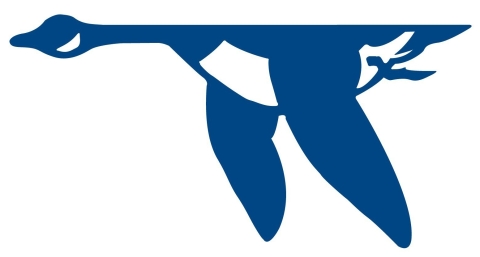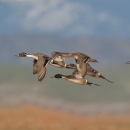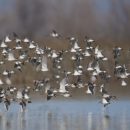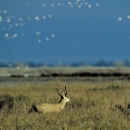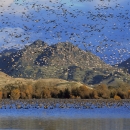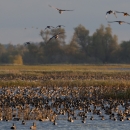About Us
Steve Thompson North Central Valley Wildlife Management Area
The Steve Thompson North Central Valley Wildlife Management Area was established in 1991 with the primary purpose of preserving wetland habitat for wintering waterfowl and other wetland-dependent species. It has an acquisition boundary which includes 11 counties (Butte, Colusa, Contra Costa, Glenn, Placer, San Joaquin, Solano, Sutter, Tehama, Yolo and Yuba) and encompasses most of the Sacramento Valley floor from the Sacramento-San Joaquin Delta to Red Bluff, California. It includes 28 conservation easements on approximately 14,740 acres of privately-owned wetlands, but also includes the 1,732 acre fee-title property known as theLlano Seco Unit. The landscape is very flat, bordered by the Sierra and Coast ranges and is surrounded by intensive agriculture.
Most of the Steve Thompson North Central Valley WMA's conservation easements lie within the Butte, Yolo and Sutter Basins. Made up of mostly managed wetlands, these easements support hundreds of thousands of wintering waterfowl, as well as tens of thousands of migrating and wintering shorebirds and large numbers of State-listed as threatened greater sandhill cranes. Included in these easements are some of the most important privately-owned waterfowl sanctuaries in the Central Valley.
Llano Seco Unit
The Llano Seco Unit was established in 1989 as part of the Steve Thompson North Central Valley Wildlife Management Area. It is part of the historic Llano Seco Rancho, the last intact Mexican land grant in California. This historic area is bounded by the Sacramento River to the west and is bisected by Angel Slough in the center and Little Chico Creek to the east. This diverse landscape includes riparian riparian
Definition of riparian habitat or riparian areas.
Learn more about riparian floodplains, uplands and wetland basins.
The Llano Seco Unit consists of two distinct areas: Sanctuary I (967 acres) and Sanctuary II (765 acres). Managed wetlands comprise nearly half of the total acreage, and consist mostly of seasonally flooded wetlands, with some semi-permanent and permanent wetlands. The remaining acreage is comprised of grasslands, vernal pools, and irrigated pasture with some riparian forest habitats. The Unit supports large populations of wintering waterfowl, as well as other species such as: bald eagle, mountain lion, bobcat, State-listed as threatened greater sandhill cranes, Swainson's hawk, federally threatened giant garter snakes and valley elderberry longhorn beetle, federally endangered vernal pool tadpole shrimp and vernal pool fairy shrimp, and species of concern California linderiella and Ferris's milk-vetch.
Sanctuary I has no public use and is an inviolate sanctuary. Sanctuary II has a non-consumptive wildlife-dependent public use including wildlife observation, photography, environmental education and interpretation. There is a 1/2-mile walking trail and two observation platforms open to the public from one hour before sunrise to one hour after sunset.
Hunting is NOT permitted on the Llano Seco Unit. Access the Complex's hunting webpage for more information. The California Department of Fish and Wildlife oversee a different Llano Seco south of our property which permits hunting.
Our Mission
The mission of the National Wildlife Refuge System is to administer a national network of lands and waters for the conservation, management and, where appropriate, restoration of the fish, wildlife and plant resources and their habitats within the United States for the benefit of present and future generations of Americans.
Other Facilities in this Complex
The Steve Thompson North Central Valley Wildlife Management Area is managed as part of the Sacramento National Wildlife Refuge Complex, with headquarters at Sacramento National Wildlife Refuge. The Refuge Complex is comprised of 5 National Wildlife Refuges (Sacramento, Delevan, Colusa, Sutter and Sacramento River NWRs) and 3 Wildlife Management Areas (Willow Creek-Lurline, Butte Sink and Steve Thompson North Central Valley WMAs).
